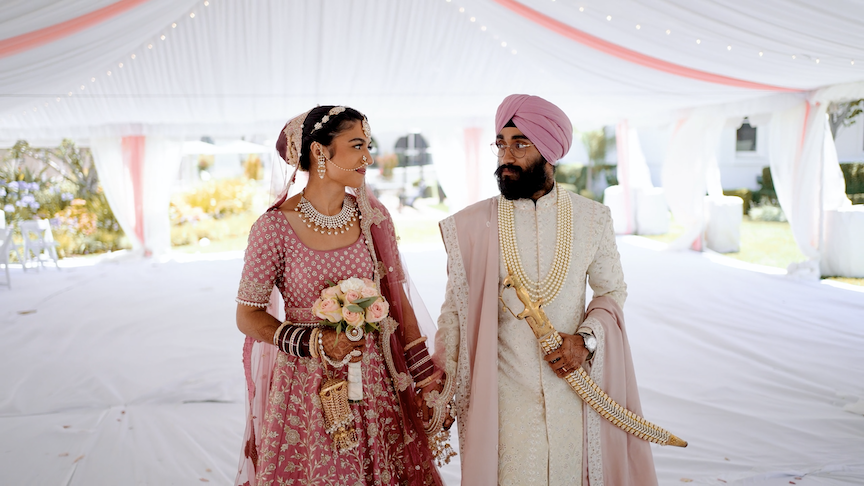Indian Wedding Films
Indian Wedding Videography
Having worked as wedding videographers in the Bay Area for more than 15 years, we believe we have seen a wide variety of weddings. Indian weddings, however, are exceptionally vibrant, lively, and culturally rich, making them truly distinctive. Take a look at some of our favorite films.
Featured Indian Weddings









